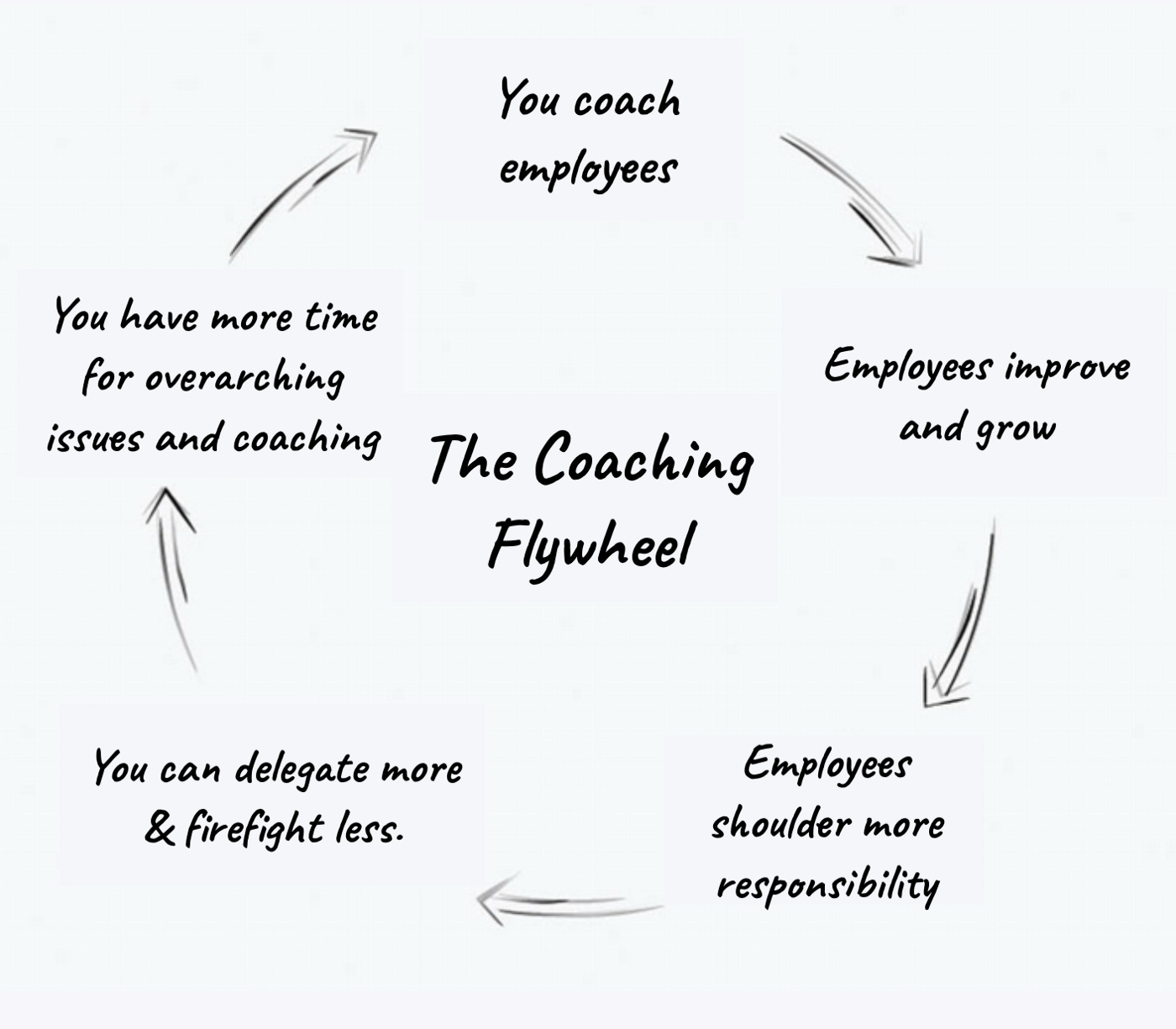TWH#38: The Hidden Power of Momentum
“The best way to change long-term behavior is with short-term feedback.” —Seth Godin

Momentum is a measure of the tendency for a moving object to remain in motion. It takes energy to create but once it’s there, it takes energy to slow it down.
It’s this last part that any builder or leader should heed. It’s one of those secrets hiding in plain sight.
Sun Tzu wrote:
“When an army has the force of momentum, even the timid become brave; when it loses the force of momentum, even the brave become timid.”
Obama became the first African-American POTUS because “Yes We Can” gained momentum and got on enough people’s minds. José Mourinho won back-to-back UEFA Cup and Champions League titles with underdogs FC Porto two decades ago because otherwise average players started believing they were the best in the world. And during that time, they were.
Skill also gains from momentum. The more you learn, the easier learning becomes because you fill in more fundamental gaps, connect dots, and see the patterns across disciplines and domains.
Momentum is the wind at your sails for building your business, your product, your team, and yourself.
Building Momentum
Momentum begets momentum. It begins with awareness, then intention.
Awareness because the very idea of harnessing momentum is not obvious until you think about it. We’re great at being in motion, not so much at being mindful of what we do.
Intention because, once the very idea of momentum enters your consciousness, you can then choose to act in a way that builds it.
Building momentum is about increasing velocity. That’s speed and direction. Leading is a lot about doing whatever it takes to increase:
the confidence in the direction (vision, planning, strategy)
the speed at which we’re moving in it (execution).
In other words, you don’t want to gain momentum when you’re headed straight into a concrete wall. Otherwise, you want all the momentum you can get.
Consistent wins
The research is clear and convincing about what motivates us. To be at our best, we need to feel agency in what we are doing towards a purpose we believe in. For that we need clarity, competence, and a sense of making regular progress.
This is one of the reasons why shipping small and often is so important (the other is because that’s how you learn what works and what doesn’t). Remind people regularly of why they’re doing what they’re doing and make their progress explicit, no matter how small.
Small consistent wins compound over time into big wins.
Spin your flywheels
Odds are you heard of the flywheel concept made popular as the foundation of Amazon’s insane business growth:
Amazon executed wonderfully but did not invent the concept—Jim Collins did, and shared it with Jeff Bezos 20 years ago. Collins writes:
Pushing with great effort, you get the flywheel to inch forward, moving almost imperceptibly at first. You keep pushing and, after two or three hours of persistent effort, you get the flywheel to complete one entire turn. You keep pushing, and the flywheel begins to move a bit faster, and with continued great effort, you move it around a second rotation. You keep pushing in a consistent direction. Three turns … four … five … six … the flywheel builds up speed … seven … eight … you keep pushing … nine … ten … it builds momentum … eleven … twelve … moving faster with each turn … twenty … thirty … fifty … a hundred.
Like most brilliant ideas, it’s simple, elegant and extremely powerful. But I’m sure it took a lot of work to arrive at the diagram above.
Eric Ries’s lean startup methodology hinges on the same flywheel idea to build anything that requires others to buy into. The more you spin it, the smarter you get.
And here’s an example flywheel of mine making the case for managers to act more like coaches—a win-win for both themselves and their people.
Any time and energy you spend defining your flywheel is time and energy saved down the line as your efforts will be directed, not aimless.
Remove road blocks
Not even a Ferrari can go fast if the road is littered with junk.
Do you know what’s getting in the way of your people? Do you really know?
I insist because most leaders don’t even think about the question. They are too preocupied with OKRs, big strategies, and other stories. If you do think about it, don’t assume you know—actually ask people. Ask your managers (if applicable) to ask their managers, and so on. Run employee surveys not for theater but because you obsess about clearing what’s getting in the way of those doing the work.
Not everything will be a legit blocker, but if you don’t ask you won’t know.
Implement guardrails
In my coaching, I am currently working with a company full of nice people who can’t get execution right. That’s in part because they have not quite grasped the idea of guardrails: feedback loops tight enough to catch small problems before they become big problems.
The famous Accelerate metrics are a good example of feedback loops. Yes, it’s not good to ship the wrong thing very efficiently. But without shipping, the best idea will be for nothing.
With that in mind, a short tale of two tech teams.
Team A uses SCRUM and works on 2-week sprints. They diligently do daily standups, sprint planning, backlog refinement, sprint reviews and agile retrospectives. They do not track nor talk about cycle time, deployment frequency, how often their changes to production need to be rolled back, or how many bugs get reported. They rarely deliver on sprint goals, and it’s not clear to anyone exactly why not. “The business” thinks they don’t work hard enough.
Team B could care less about by-the-book agile methodologies. They have a simple shared dashbord for tracking their Accelerate metrics. Deviations from what they consider acceptable are quickly spotted, discussed and addressed. They also re-prioritize their work regularly, based on the freshest information they have from regular communication with their stakeholders. “The business” sometimes gets frustrated to hear “no” from the team, but have to admit enormous progress was made over the last 12 months.
Naïve teams simply work on projects (or tasks), often in multiple parts at once, hoping it all comes together in the end. They fly blind so delays are routine and always surprising. Big problems show up late. Momentum never builds.
Performing teams start by defining the feedback loops that enable them to sense early if something’s amiss. They hold each other accountable to be disciplined about it. Small problems are caught and dealt with early. There are few, if any, surprises. Momentum (and trust, and confidence) builds.
Think big, work small
A great way to lose momentum is to try and do too much.
When projects are overly ambitious and try to be everything, they drag on for too long. When you do too many projects at once, context switching kills you. In both cases, momentum is lost—or never gained.
Many teams and organizations are incredibly good (meaning: bad) at this because abundance is not a good teacher—scarcity is. When there’s a lot of money, it’s easy to throw it at everything. It’s hard to develop discipline without the walls closing in. It is necessity after all that is the mother of invention, not a $50M Series A.
Great leaders have an intuitive feel for momentum and an uncanny ability to seize it. Everything else being equal, the organization that is aware of momentum and intentional about it has the wind at their back.
By clarifying what moves you forward; consistently taking small but confident steps; proactively removing roadblocks; and putting up the right guardrails that prevent small problems from turning into big problems, momentum inevitably gathers. And that’s how you make something out of nothing, the previously impossible possible.





